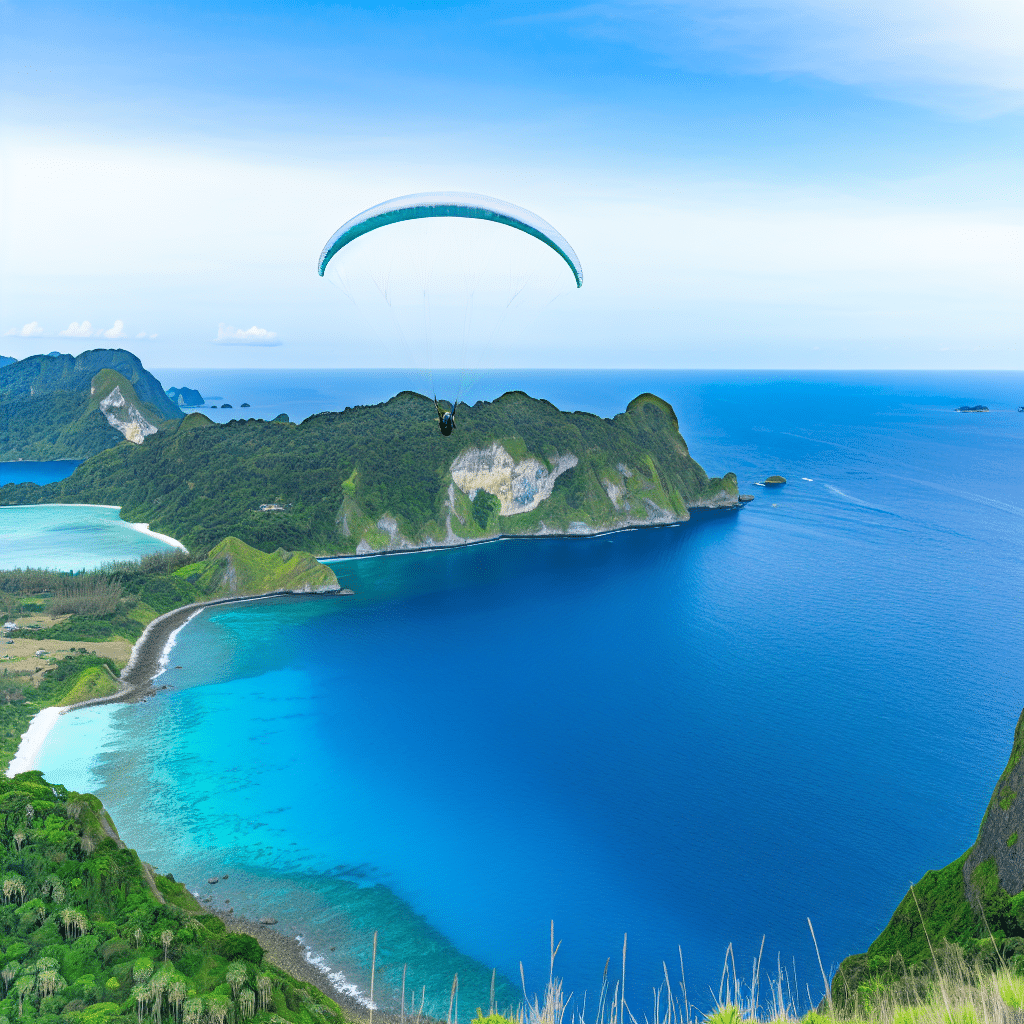Adventure sports have always attracted thrill-seekers around the world, and among the many options available, paragliding and parasailing have been favorites for adrenaline junkies. But what really differentiates the two? Let’s dive deeper into both these adventure sports.
What is Paragliding?
Paragliding is an extreme sport that requires the individual to jump off high cliffs or hills with a parachute. It’s an adventurous but controlled descent that allows you to enjoy beautiful landscapes from a bird’s eye perspective.
How does Paragliding work?
A paraglider is like a parachute but with some key technical differences. It’s designed to be portable, lightweight, and easy to launch. The paraglider harness is attached to the parachute, and the pilot steers by shifting their weight.
What is Parasailing?
Parasailing is a completely different experience, although it may seem similar at first glance. Instead of jumping off cliffs, the participant is attached to a parachute and towed by a motorboat. This thrilling water sport allows you to enjoy the panoramic views of the sea and the landscape from above.
How does Parasailing work?
Parasailing involves a specially designed parachute known as a parasail. The parasail is attached to a harness, which is then connected by a long tow rope to a motorboat. As the boat speeds up, the parasail lifts the participant into the air.
Key Differences between Paragliding and Parasailing
A key difference between the two lies in the equipment used and the environment in which they are performed. Parasailing is generally done over water, while paragliding is performed over land.
Control and Flexibility
Paragliding offers greater control and flexibility. The pilot can steer the glider and choose the direction and speed of descent. On the other hand, control in parasailing is significantly lesser as the speed and direction are largely determined by the boat.
Risk Factor
Both sports carry risks. However, paragliding is generally considered more dangerous due to the height from which the descent begins and the necessity for weather conditions to be just right. Parasailing, while still carrying a degree of risk, is generally considered safer, especially if conducted with experienced operators.
Training Required
Paragliding requires more training and skill than parasailing. Aspiring paragliders need to go through safety instructions, understanding weather conditions, and controlling maneuvers before they can fly solo. Parasailing, in contrast, can be enjoyed with minimal training as the boat captain controls most of the activity.
Conclusion: Paragliding vs Parasailing
Choosing between paragliding and parasailing boils down to personal preference, how much control you want, and the type of environment you wish to experience. Both are exhilarating in their own way and offer a unique perspective of the landscape. The choice between paragliding and parasailing might just be the toughest decision you’ll have to make.
Adventure sports like paragliding and parasailing can offer unforgettable experiences, and the thrill that they bring can match no other. They might seem similar, but as we’ve discovered, they offer contrasting experiences. Whether you’re sailing over the sea or gliding through the mountains, both come with their own set of thrills and challenges. Embark on your own adventure, and choose the one that suits you the best.




